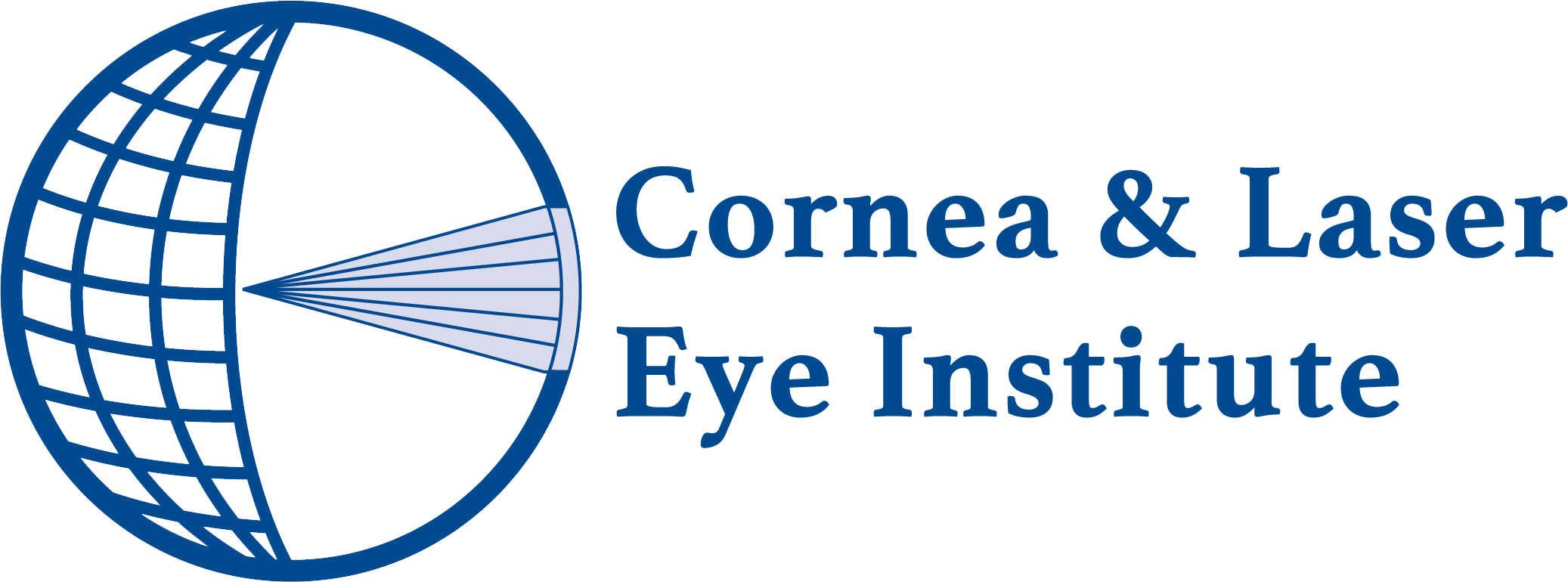Introduction
Keratoconus is an eye condition characterized by thinning and outward bulging of the cornea into a cone shape, disrupting vision by inducing irregular astigmatism, nearsightedness, sensitivity to light, and distortion.
Traditionally, keratoconus was considered rare. However, a landmark pediatric study the doctors at CLEI Center for Keratoconus participated in challenges this assumption, demonstrating a prevalence in children that demands new attention to early detection and treatment.
Is Keratoconus Rare?
For decades, keratoconus was thought to be quite rare. Prevalence estimates in adults ranged from 1:2,000 to 1:50–1:750 depending on diagnostic tools and population studied. In children, the condition was considered even less common—but this assumption rested on less sensitive clinical screening methods and limited pediatric data.
The Harthan et al. Study: Keratoconus in Kids
Recently, Dr. Gelles, Dr. Greenstein, and Dr. Hersh participated in a prospective, observational study that examined 2,007 children aged 3 to 18 years, presenting for comprehensive eye exams at a clinic associated with the Illinois College of Optometry between 2017 and 2019. Using Scheimpflug tomography (Pentacam) and combining the BAD Final D index with back elevation at the thinnest point (BETP), researchers screened for early signs of corneal ectasia.
Key findings:
- 6 children (1 in 334) met full diagnostic criteria for keratoconus,
- 3 children (1 in 669) were deemed keratoconus suspects,
- Altogether, 9 children (1 in 223) fell into either category.
Notably, the average age among those diagnosed was 14.8 years, while keratoconus suspects averaged around 11.3 years. These rates significantly exceed prior prevalence estimates in adults and underscore that keratoconus may be much more common in children than previously believed.
Keratoconus Age, Onset & Severity
Though keratoconus often emerges during puberty and progresses through the third decade before stabilizing, pediatric-onset keratoconus tends to be more aggressive. Children often display faster progression, more rapid thinning, and more advanced disease at diagnosis than adults. Structural characteristics of the young cornea may explain this difference. Earlier onset also carries higher risk of vision loss, amblyopia, corneal scarring, and need for transplantation if untreated.
Keratoconus Symptoms & Signs in Children
In early stages, children with keratoconus often compensate with good binocular vision and strong accommodation, masking symptoms until the dominant or more affected eye loses function. Clinical signs include frequent vision changes, blurriness, distortion, increased astigmatism, sensitivity to light, and sometimes discomfort. Slit lamp signs—such as Fleischer ring, Vogt striae, Munson’s sign, or hydrops—often appear later.
Causes and Hereditary Risk
Keratoconus likely arises from an interplay of genetic predisposition, environmental influences, and mechanical eye rubbing. Family history significantly increases risk, with first-degree relatives having up to 15 to 67‑fold greater likelihood of developing keratoconus. Allergies and atopic conditions, common in pediatric age, also elevate risk; vigorous rubbing can accelerate progression.
If a parent has keratoconus, it’s especially important to screen their children. We generally recommend corneal imaging, such as topography, starting around age 10. In some cases, earlier screening may be needed—particularly if a child has been prescribed glasses for high levels of nearsightedness or astigmatism. Even if your child doesn’t show signs of vision problems, scheduling a visit with a pediatric eye doctor to check for a glasses prescription is a smart step. Early screening helps ensure that any signs of keratoconus are caught and treated as soon as possible.
How Common Is Keratoconus in Children?
Thanks to Harthan et al.’s study, we now know that keratoconus and suspect cases likely affect many more children than we once imagined. In this particular study, the number was about 1 in 223 school-aged children in an urban, predominantly Black and Latinx population. Though this is a single-center study, similar results are being noted worldwide. Adult prevalence meta‑analyses estimate 1 in 725 globally.
Early Detection: Why It Matters
Prompt detection allows for earlier intervention—especially corneal cross‑linking (CXL)—which can potentially halt disease progression, minimize vision loss, and reduce the need for corneal transplant or more invasive surgery down the line. As pediatric keratoconus is more aggressive and responds better to intervention when caught early, comprehensive evaluations are a necessity, especially for children with relatives previously diagnosed with keratoconus. Delays in diagnosis risk irreversible damage.
Screening Recommendations
Practitioners including optometrists and pediatric eye-care specialists are encouraged to incorporate corneal tomography routinely into pediatric comprehensive exams—particularly for children with progressive or high astigmatism, allergy history, eye rubbing, or family history of keratoconus. At the CLEI center for keratoconus we performed a retrospective review of our keratoconus patients and found that “manifest astigmatism ≥2 D (in your glasses prescription) and against the rule manifest astigmatism were correlated with keratoconus at all levels of severity.” Even in children younger than ten, who may be presumed unsuitable for imaging, results show tomography is technically and clinically feasible. Corneal tomography and wavefront aberrometry must also be utilized to identify keratoconus. These exams can detect keratoconus even before symptoms appear. Since the instruments used for these exams aren’t part of a typical eye exam, most eye doctors don’t have them. Fortunately, here at the CLEI Center for Keratoconus, we have all of the latest instruments and technology available to diagnose keratoconus as early as possible.
Finding a Keratoconus Specialist & Resources
Children suspected of keratoconus benefit from evaluation by a corneal specialist—an ophthalmologist with cornea fellowship training—or a multidisciplinary care team that includes experienced optometrists. The CLEI team includes all of the above. The National Keratoconus Foundation (NKCF) offers education, support, and referrals for patients and families. Early referral ensures timely management decisions about CXL, specialty contact lenses, and vision rehabilitation.
Is Keratoconus Serious?
Yes. While full blindness is rare, keratoconus significantly impacts quality of life. Left untreated, it can result in irregular astigmatism, significant vision distortion, scar formation, and potential need for penetrating keratoplasty. In children, early onset heightens that risk. National lifetime treatment costs in the U.S. are substantial—averaging ~$28,700 per patient with total burden rising into billions annually.
Signs and Symptoms Checklist
- Frequent prescription changes or worsening vision
- Blurry, distorted vision or ghosting
- Light sensitivity or glare
- Astigmatism that resists correction with glasses
- Eye rubbing, atopy or allergy history
- Signs on slit lamp (e.g., Fleischer ring, Vogt striae), though these often appear later
Intervention Strategies
- Advanced diagnostics, including corneal topography, corneal tomography, and wavefront aberrometry.
- Prompt referral to cornea specialist when suspect or confirmed.
- Corneal collagen cross‑linking (CXL) early to stabilize corneal shape and limit progression.
- Custom rigid or scleral contact lenses to optimize vision correction.
- Ongoing monitoring, especially through adolescence when risk of progression is highest.
- Patient and family education on the importance of avoiding eye rubbing and reporting vision changes.
Conclusion
Thanks to the Harthan et al. study, our understanding of keratoconus in kids has shifted dramatically. Far from being rare, pediatric keratoconus may affect as many as 1 in 223 school-aged children in some populations—much higher than adult estimates. Early onset means earlier, more aggressive disease, stressing the importance of sensitive screening, early intervention, and consultation with keratoconus specialists.
For parents, teachers, and clinicians alike, acknowledging the possibility of keratoconus early on can save vision and reduce long‑term cost and morbidity.
If you suspect your child may be showing signs of keratoconus—or if your family has a history of this condition—early diagnosis is critical. At the CLEI Center for Keratoconus, our team specializes in pediatric and adult keratoconus treatment, offering advanced care including corneal cross-linking (CXL), custom specialty contact lenses, and long-term vision management.
Even if you’re from out of town, we welcome you to schedule a comprehensive exam with our specialists. Your child’s vision is worth the trip.
Request your appointment online to get started today.





